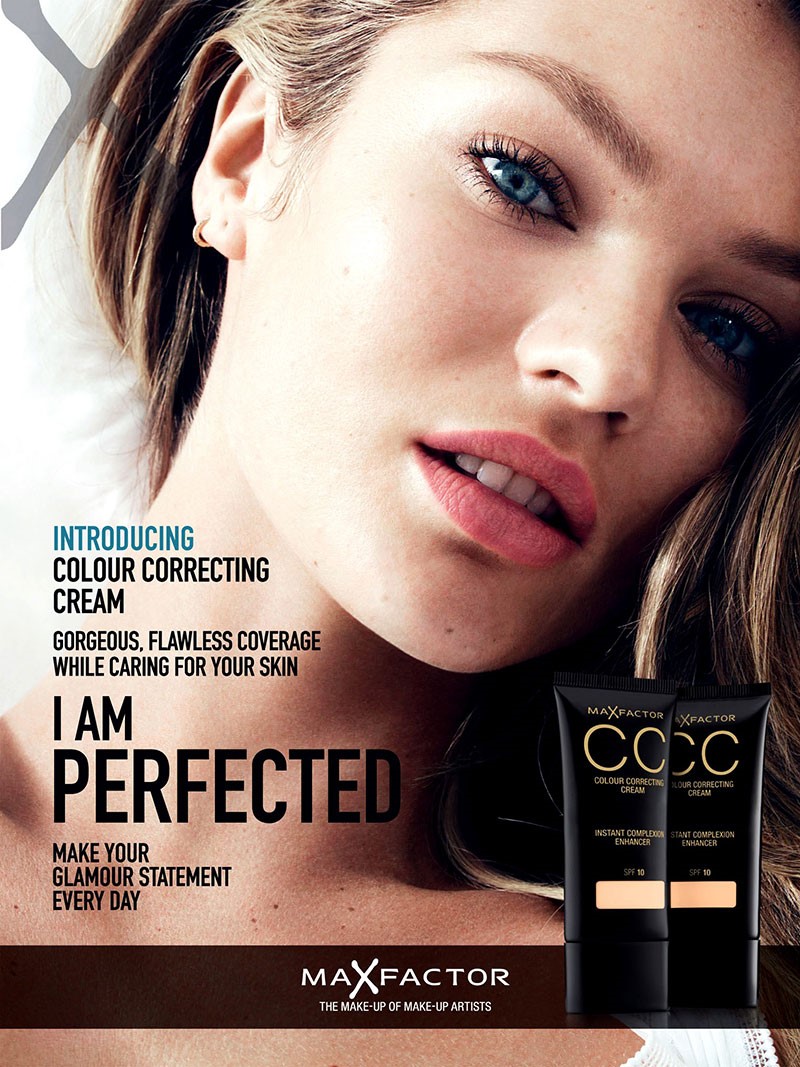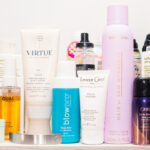
Courtesy: Getty Images
Making sure your hair is as healthy as possible is about more than just which shampoo you use. A multitude of different factors affect how sleek, shiny, and strong your hair is. Sure, some of it’s natural—you have to work with the locks you were born with—but a lot of it has to do with how well you care for those locks. From swapping shampoos every once in a while to scheduling regular hair cuts, here are the biggest hair care mistakes to avoid, myths to ignore, and healthy habits to start right now for your healthiest hair ever.
1. Get Regular Haircuts
All of the experts agree: Avoiding the salon is counterproductive to growing out your hair. “The ends are drying and splitting, so you’re not getting the length,” explains Stephen Pullan, trichologist (or hair specialist) at the Philip Kingsley Trichological Clinic. Regular haircuts ensure minimal split ends or breakage. Pullan recommends a trim every six to eight weeks. Surprised? Here are six more myths you’ve been told about growing out your hair.
2. Go Natural as Often as You Can
Your hair needs a rest from everything it endures during the week. Lindsey Bordone, a dermatologist at Columbia University Medical Center in New York, recommends using the weekend to let your hair recuperate. If possible, let your hair air-dry, avoid heated styling products, and keep it out of a ponytail or tight headband to avoid any unnecessary pulling on the hair shaft. In other words, sometimes you just have to let your hair chill a little.
3. Don’t Ignore Your Scalp
If you’re constantly scratching your head due to dryness and itchiness, and drugstore shampoos aren’t helping, consult a doctor. “Don’t ignore it,” says Bordone. “A chronic itch traumatizes your scalp.” According to the Cleveland Clinic, an itch could be problematic if you find it difficult to work or if itchy spots become sore.
4. Maintain a Healthy Diet
This healthy hair habit might seem like it has nothing to do with your actual hair: a balanced diet. “Protein is the building block of hair, because hair is keratinized protein,” Pullan says. Hair is considered a non-essential tissue, so the body doesn’t send protein to hair follicles first—it focuses on essential organs, like the heart or liver—but if you’re eating enough, the body will be able to distribute protein everywhere it’s needed. Another crucial nutrient is iron. “It’s an energy source for the hair,” Pullan says. “It’s a mineral the hair needs.” In fact, studies have shown iron deficiency has been linked to female patterned hair loss.
But don’t worry if you’re a vegetarian—you can still work protein into your diet.
5. Avoid Hot Tools (or At Least Protect Your Hair From Them)
If you insist on blow-drying your hair every day, be smart: Don’t concentrate the highest level on your hair for a long time. “Keep it moving on a cooler setting and lower velocity,” Pullan says. “It takes a little bit longer, but a little more care and time will be beneficial.” If you plan to curl or straighten your hair with a hot wand or iron, use a protective spray beforehand—that’s Bumble and Bumble colorist Amelia Trammel’s number-one rule for clients.
6. Deep Condition Every Week
This is one healthy hair habit both dermatologists and hairstylists agree on: Incorporate a deep conditioner into your weekly hair care routine for extra hydration. Need a new product? Here are our favorite deep-conditioning masks for every hair type.
7. Wear Hats
“The sun oxidizes your hair and dries it out,” Pullan says. So while a hat protects your face from the sun, it also protects your scalp from burning and hair from dehydrating. This is as good an excuse as any to treat yourself to a cute sun hat.
8. Don’t Take Scalding Hot Showers
Yes, it feels amazing to take a hot shower after a long day (especially in the winter), but scalding hot water doesn’t do great things for your hair. In fact, it dries it out and, for color clients, washes out the hair color faster than cold water. While a cold shower might not sound ideal, Bordone recommends lukewarm instead—as a bonus, it’s also better for your skin.
9. Stop Touching Your Hair All the Time
You want to minimize “traction,” so any sort of tugging or pressure on the hair shaft. One of the biggest causes of unnecessary traction is constantly putting your hair into a tight ponytail. “Constant mild pulling on the follicle will slowly traumatize the hair,” Bordone says. In a few years, you might even notice a receding hairline. Twirling your hair or picking at split ends isn’t good either—to play it safe, do your best to leave your hair alone.
10. Don’t Over-Brush
Brushing your hair is a healthy habit (and you can’t show up to work with bedhead), but brushing more than once a day is another form of traction that Bordone warns against. In fact, excess brushing “stretches the hair and breaks weak ends,” says Holly Ivey, master stylist at Alibi Soho Salon. Brush once a day, and opt for a plastic brush. Bristle brushes are particularly tough on hair, according to Pullan.
11. Swap Products With the Weather
While the idea that your hair can build up “resistance” to products is a myth, it is true that certain hair products are better for different seasons. In the winter, your products should be moisturizing and hydrating, says Bordone, but in the summer, you can probably switch to something lighter that won’t weigh hair down in the heat and humidity.
Source: realsimple.com













